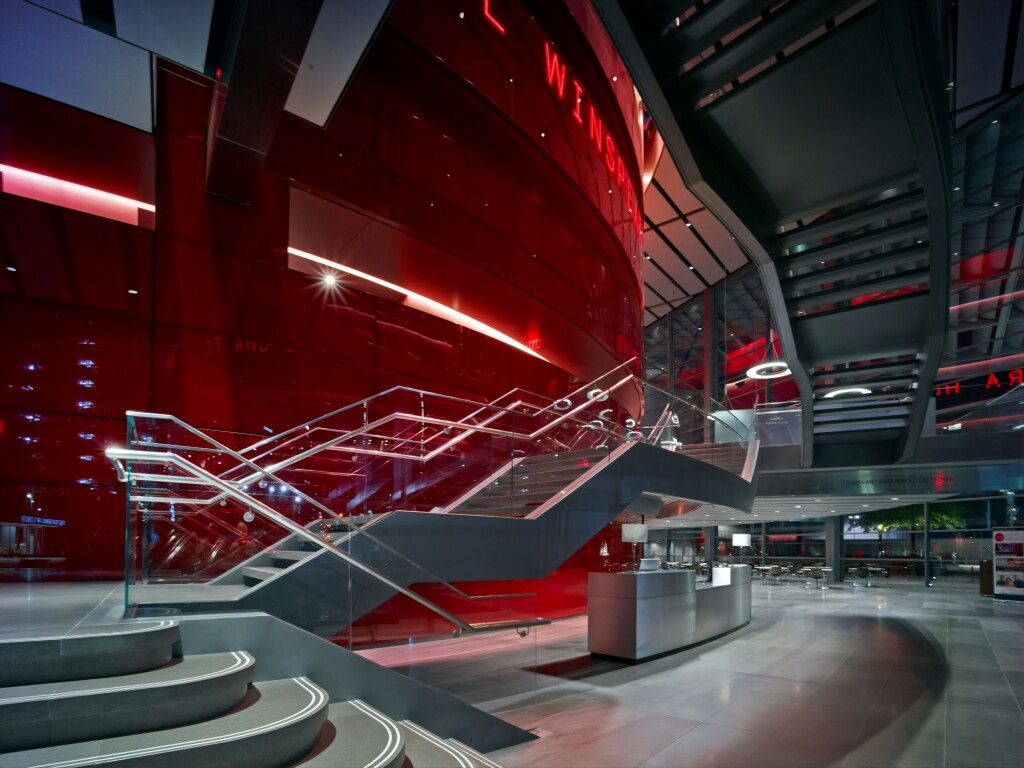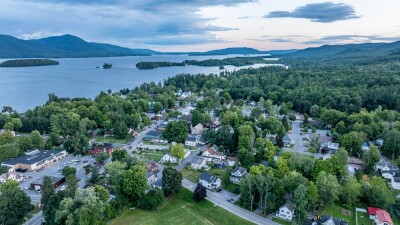This article is part of our Road to Geo Week series.
Click here to register for Geo Week in Denver, CO, February 6-8, 2022.
Laser scanning, and more broadly, 3D reality capture, has gone through several seismic shifts in the last decade. From the advances that have allowed lidar to achieve longer ranges and additional precision, to the advent of mobile mapping and SLAM, the hardware used to capture as-built conditions, natural environments (and more!) is continually changing.
While some other emerging technologies, such as virtual and augmented reality, were pushed towards rapid innovation due to the shift to remote work during the pandemic, reality capture technology has not been quite as influenced by that particular change. What has happened, however, is that several technologies have started to lay the groundwork for a future where capturing and digitizing the world (inside and out) will become easier, more cost-effective and less time-consuming.
In addition, thanks to new SLAM devices in a variety of form factors (including wearable, flying, or even robot-carried) and even apps that can scan from mobile devices, it is also easier now to select the right tool for the right scanning job. Rather than committing to a one-size-fits all device, users are beginning to be able to pick the right resolution, size, and mobility of their scanner that can be the best fit for their particular need.
Once captured, registering, classifying and sharing the results of scans have also been streamlined. With cloud-based processing, data management is becoming less of a headache, and AI and machine learning are beginning to lighten the workload of manual classification.
So, what’s next for digital twins and 3D scanning?
At Geo Week 2022, several sessions will delve into the latest solutions for 3D scanning, explore applications of digital twins for new industries, and showcase new techniques for processing point cloud data - getting us all caught up on where the future of the 3D is headed.
Sessions of the future of 3D scanning include:
3D Data Collection to Project Delivery: Best Practices where you can learn how presenters have created effective workflows across their projects.
How the Past Informs Our Future: Where Is 3D Technology Headed? where panelists will discuss their insights as to what lies ahead for our industry.
The Possibilities of Advanced Visualization where the connections between reality capture and other emerging technology, such as gaming engines, come together.
Machine Learning & AI: Case Studies where real-world projects that leverage AI will be showcased.
As 3D reality capture technology (and its supporting software) continues to evolve, the industry is evolving with it, finding new and novel uses for 3D data, and sharing with stakeholders more easily than ever before. If you’re interested in learning more about these advances at Geo Week 2022, use the link below to register or see more of the 3D-related conference sessions here.






